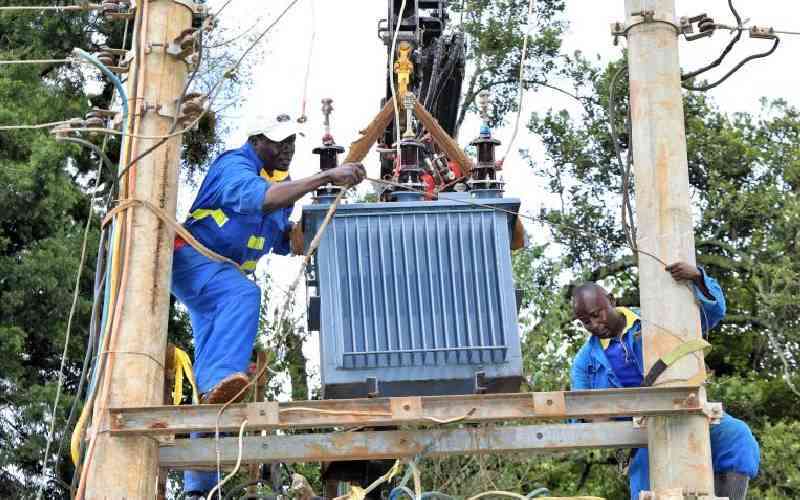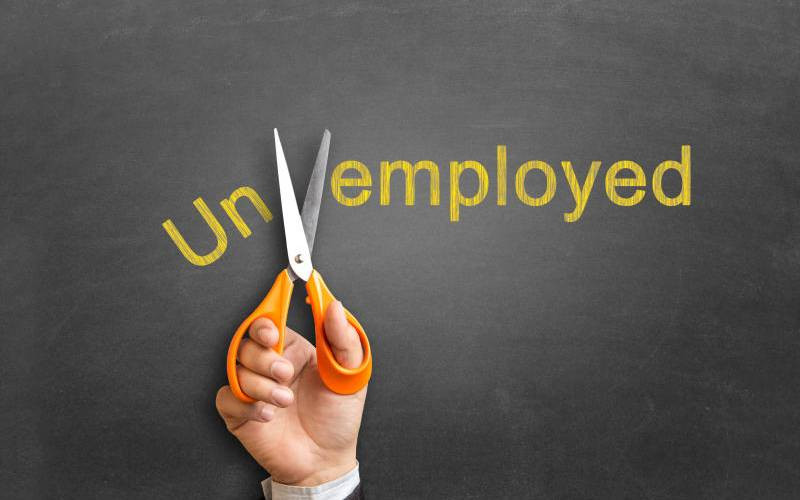×
The Standard e-Paper
Kenya's Bold Newspaper

Kenya Mortgage Refinance Company (KMRC) was formed to provide long-term funds to primary mortgage lenders (banks, microfinance banks and Saccos), to increase the availability and affordability of home loans to Kenyans.







